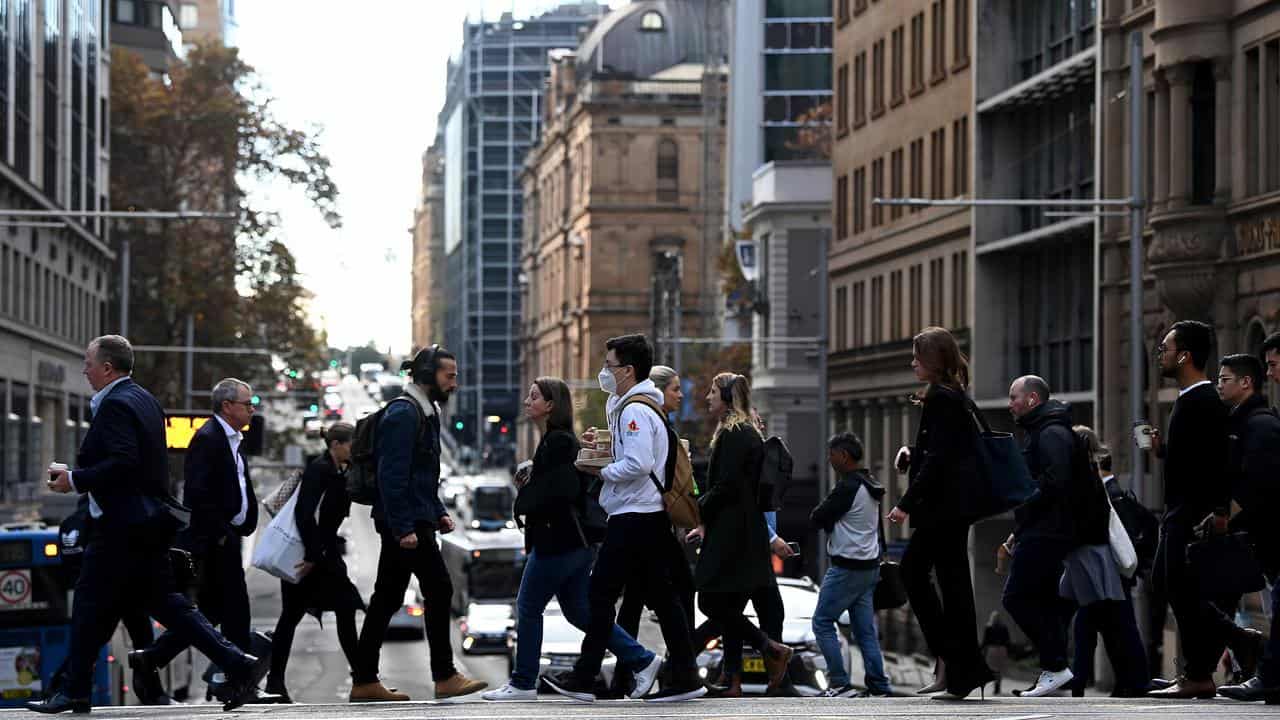
The stamina of the jobs market may be good for workers but it could complicate the Reserve Bank's task of stamping down inflation.
The unemployment rate eased back to 3.6 per cent in May, down from 3.7 per cent in April, defying expectations it would hold firm.
The official labour force data shows about 76,000 jobs were added to the economy in May - well above consensus forecasts of 17,500.
"The strong growth in employment in May followed a small decrease in April, around Easter, when employment fell by more than it usually would over the holiday period," Australian Bureau of Statistics head of labour statistics Bjorn Jarvis said.
The participation rate increased 0.1 percentage point to 66.9 per cent.
The May result follows 14 months of unemployment rates below four per cent characterised by strong demand for workers and an abundance of empty roles.
Treasurer Jim Chalmers said the May labour market result was a remarkable achievement.
"What makes these jobs numbers so remarkable is that with everything coming at us, we still have unemployment with a three in front of it," he told parliament on Thursday.
"And that means that we go into this period of significant global economic uncertainty from a position of relative strength."
St George Bank chief economist Besa Deda said the main takeaway from the May report was the labour market was still incredibly tight.
"We do think that the unemployment rate will gradually move higher, but the unemployment rate has, in recent months, continued to surprise," she told ABC News.
Ms Deda said the unemployment rate had been stuck in a range of between 3.4 per cent and 3.7 per cent since October, which was below the rate consistent with full employment in the economy and would keep pressure bubbling under wages.
Based on falls across forward-looking indicators such as job ads and vacancies, the labour market is expected to loosen.
But Ms Deda said these indicators were still sitting at very high levels, suggesting it would take a while for the unemployment rate to drift up.
"It does keep the pressure on the Reserve Bank to raise rates again, given that the labour market wage pressures do feed into the overall inflation story," she said.
CommSec economist Craig James also said the high rate of employment would support consumer spending, which was starting to pull back.
"But more jobs creates the risk of strong spending outpacing supply of goods and services, leading to higher prices - and higher interest rates," Mr James said.
He said the influx of migration was in part driving the uptick in jobs, which would keep upwards pressure on home prices and rents, as well as the construction of new homes.
A closer look at the ABS dataset revealed the share of workers wanting extra hours had risen, with the underemployment rate lifting 0.3 percentage points to 6.4 per cent.
But underemployment remains historically low.
Hours worked also dropped off, falling 1.8 per cent. This followed a 2.7 per cent lift in April driven by fewer people than usual trimming back their hours over Easter.
KPMG chief economist Brendan Rynne said the modest pullback in hours worked suggested demand for labour would cool.
"This suggests that despite the increase in the number of people working, labour demand has probably peaked, with slowing economic activity starting to reduce the call on working hours for employees," Dr Rynne said.









